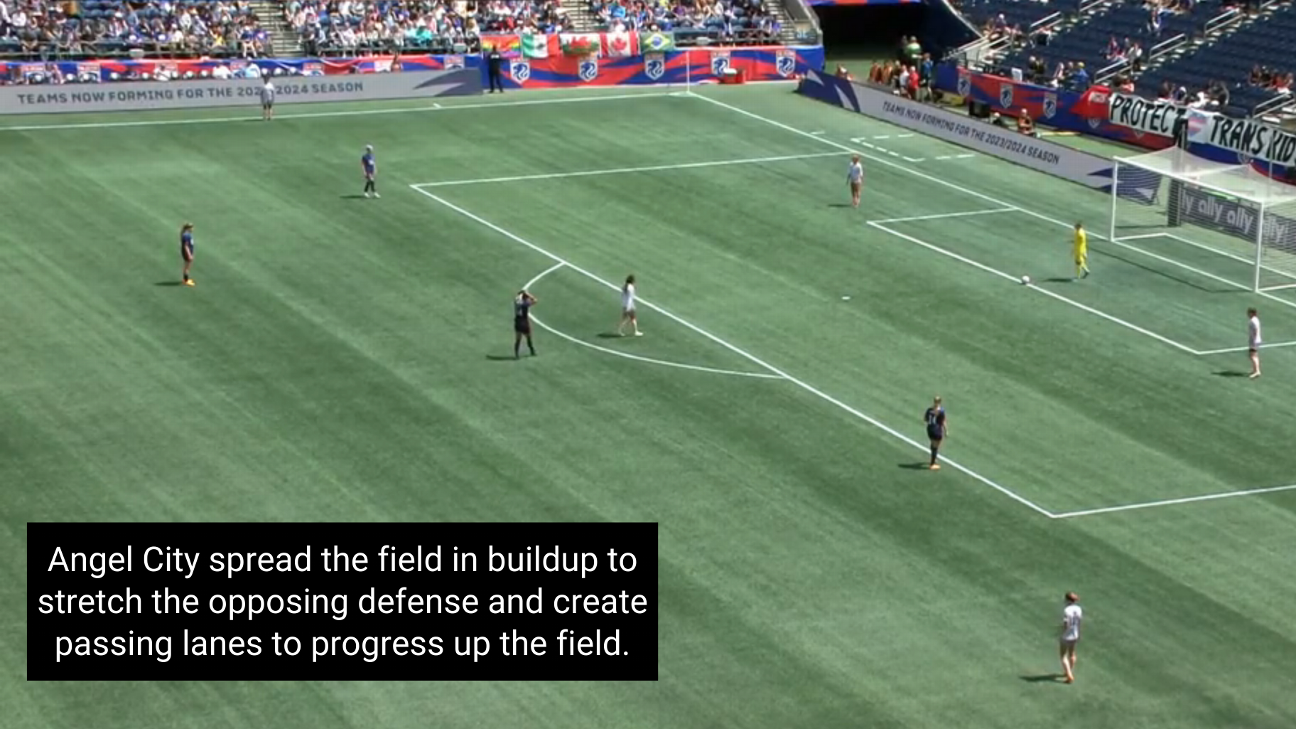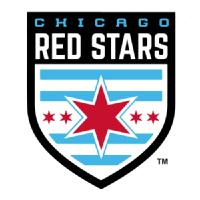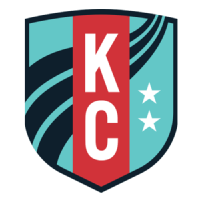We all know the teams. We all know the stars, too. But how well do we know what actually happens on the field in the National Women's Soccer League? How do each of the 12 teams in the league play? And how do teams try to get the best out of their star players?
We're here to answer those questions by looking at each NWSL team's on-field strategy and tactical identity. There's a catch, though: we're analyzing each team in rapid-fire fashion using 100 words or less. Let's get to the analysis.
 Angel City FC
Angel City FC
Coached by Freya Coombe, Angel City prefer a back four and use a 4-4-2 in defense and either a 4-3-3 or a 4-2-3-1 in possession.
Coombe encourages her team to control the ball: they're third in the NWSL in possession (53%). Angel City like to spread the field and build from the back, using defender Sarah Gorden's technique and speed at right center-back to help them break forward.

Angel City can string together some lovely possession sequences, but they lack precision in the final third to turn that possession into chances. That's the next step for this team.
 Chicago Red Stars
Chicago Red Stars
Once Mallory Swanson went down with an injury, Chicago's biggest asset -- a vertical, hard-running, flexible forward -- disappeared. Since her injury, the Red Stars have been searching for the right combination of players and tactics to give them an edge. They've used back threes and back fours and tried players like Yūki Nagasato all over the field.
None of their tactical choices will compensate for losing Swanson, but using Nagasato as an attacking midfielder in a 4-2-3-1 with right-back Casey Krueger providing service has promise. Still, it's difficult to imagine Chicago climbing far up the table.
 NJ/NY Gotham FC
NJ/NY Gotham FC
If you want energy -- and lots of it -- Gotham have you covered.
They love to press, usually out of a 4-3-3 shape, and are the most active defensive team in the NWSL. Gotham record a defensive action outside of their defensive third after every 9.3 passes from their opponents, which is the league's top mark, per Opta.
Lots of their pressure comes as counter-pressure after they lose possession. Gotham are fourth in the NWSL in possession (52.5%) and spread the field to isolate their forwards against opposing full-backs. When they successfully create those one-v-ones, good things happen.
LYYYYYNNNNNNN!
— National Women's Soccer League (@NWSL) April 23, 2023
Yazmeen Ryan sets her up, and Lynn Williams makes it look easy 🥱 pic.twitter.com/MvDp9BN93T
 Houston Dash
Houston Dash
Playing out of a 4-3-3 in recent weeks, Houston have a clear midfield structure with a No. 6 defensive midfielder playing behind two box-to-box No. 8s, and wide players that rotate between different vertical channels. They also have a quality striker in Diana Ordoñez and wide attackers with varied profiles. Players know where to position themselves, especially in deeper spells of possession.
And yet, the Dash have the fewest touches in the final third in the NWSL per 90 minutes, per FBref. The ball must move faster in both possession and transition to turn Houston's ideas into consistent results.
 Kansas City Current
Kansas City Current
After a coaching change earlier this year and brutal injury luck, the Current are trying to find their identity. They've tried several different shapes and personnel groupings, using offseason signing and playmaker Debinha centrally and in the half-spaces.
A sweet start for #KCBaby & @khamilton17! 🫶 pic.twitter.com/L8d2soFhrx
— National Women's Soccer League (@NWSL) June 4, 2023
All of the pieces haven't clicked yet, but Kansas City have the potential to be a solid defensive team and an effective attacking one.
They've opted for a compact defensive block for large stretches of the year that limits their opponents' space. In attack, Debinha's string-pulling should maximize her teammates' smart movement. We'll see if the talent and the structure come together.
 North Carolina Courage
North Carolina Courage
You don't often see full-backs dictate attacks, but that's what U.S. national team defender Emily Fox does for NC.
Fox defends as a full-back in a 4-2-3-1/4-4-2 shape, but pushes into midfield in possession. Her movement shifts North Carolina's attacking structure into a 3-2-5, where the back three allows Fox and midfielder Denise O'Sullivan to run the middle.

No team in the NWSL keeps more possession than the Courage (58.5%) and they've clearly spent time on their attacking setup. They don't create much -- 10th in the NWSL in expected goals or xG -- but there's thought behind their play.
 OL Reign
OL Reign
Few teams in the NWSL adapt to their opponents better than OL Reign.
Laura Harvey's team doesn't need to dominate possession every game. Instead, they play in a fairly pragmatic 4-2-3-1 shape, using a mixture of high pressing and savvy mid-block defending to frustrate opponents.
When they have the ball, most of their attacks flow through Megan Rapinoe on the wing. Per FBref, Rapinoe hits the second-most crosses per 90 (10.5) than any regular NWSL starter. The Reign probably rely too much on crosses, but there's no denying that Rapinoe's quality in the final third is an asset.
Two minutes later... Latsko does it again, finishing off a perfect Pinoe pass 🧑🍳💋 pic.twitter.com/8wvmOt9B58
— National Women's Soccer League (@NWSL) May 27, 2023
 Orlando Pride
Orlando Pride
Using either a 4-2-3-1 or a 4-3-3, Orlando prefer to play against the ball: they're eighth in average possession (48.3%) and fifth in direct attacking speed in the NWSL, per Opta.
While they're not always blindingly quick building through midfield -- and Marta, who plays as either a No. 10 or as a narrow right winger, appears to have lost a step -- rookie striker Messiah Bright and Brazilian winger Adriana both love to run behind the opposing backline.
Adriana, in particular, has been valuable in transition with her dribbling for the Pride in her first NWSL season.
THIS GOAL WAS MAJESTIC FROM ADRIANA! pic.twitter.com/cJ5HsIuZEo
— National Women's Soccer League (@NWSL) April 30, 2023
 Portland Thorns
Portland Thorns
If there's one NWSL team that can rely on talent to brute force wins, it's the Thorns.
Portland have a default structure: they attack and defend out of a 4-3-3 shape, using a single pivot (defensive midfielder Sam Coffey) to set the tempo in possession. But it's the Thorns' top-end talent and depth that makes them stand out.
With Crystal Dunn and either Christine Sinclair or Olivia Moultrie finding pockets of space as the No. 8s ahead of Coffey, and forward Sophia Smith punishing opposing defenses with her speed and control in tight spaces, Portland are incredibly difficult to stop.
 Racing Louisville FC
Racing Louisville FC
Louisville's tactical approach isn't flashy: they use a 4-2-3-1 in possession and defend in a 4-4-2 shape. But their system does a good job of playing to the strengths of their strongest individual players.
They average the second-least possession (47.5%) and have the fastest attacks in the NWSL, per Opta, which gives midfielder Savannah DeMelo plenty of chances to lead counterattacks. DeMelo often acts as a point guard, making quick ball progression decisions while Jaelin Howell breaks up plays as a No. 6.
Louisville's recipe isn't one for mind-blowing attacking play, but they certainly don't let opponents relax.
 San Diego Wave FC
San Diego Wave FC
Manager Casey Stoney has a vision. That's clear when you watch the Wave play.
With their biggest advantage coming through their spine, Stoney's team doesn't dominate games in wide areas or high press regularly. Instead, San Diego use compact defending, vertical passes to the 6-foot-1 Taylor Kornieck at the tip of midfield, and runs behind opposing defenders from striker Alex Morgan & Co. to create problems.
Because the Wave are built around their spine, losing Kornieck like they did for a stretch this season can derail them. However, Jaedyn Shaw's emergence as a flexible, clever attacker gives Stoney another tool.
 Washington Spirit
Washington Spirit
The Washington Spirit might just have the most distinctive tactical approach in the NWSL. Under Mark Parsons, the Spirit are hyper-focused on playing quickly and directly out of a 4-4-2 diamond shape.
So far this year, they have fewer sequences of 10 passes or more than any team in the league. With Ashley Hatch and Trinity Rodman up top, Washington have a traditional No. 9 (Hatch) and a forward who can stretch the field and drift into the wide areas on the counterattack (Rodman).
A two-forward front with four midfielders stacked underneath helps Washington zig when others zag.
